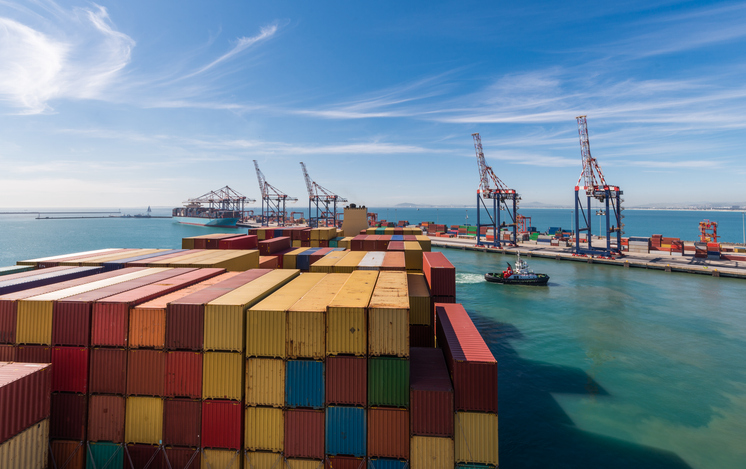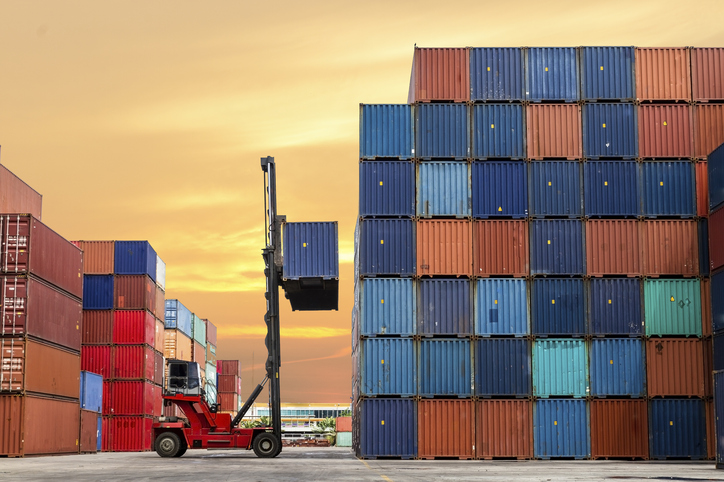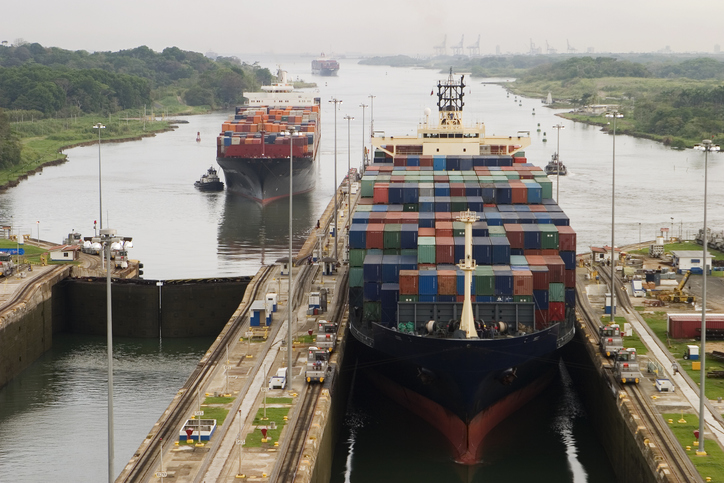
The Weekly Roar
In this week’s Roar: Ocean rates surging, shippers rushing for Christmas, Panama Canal upgrades, more maritime regulation, and pressures on manufacturing.
Ocean shipping rates are surging, and the current trend indicates record profits for shipping companies in the third quarter of 2024. Industry benchmarks show a substantial increase compared to pre-pandemic levels, though they haven’t quite reached the all-time highs observed in September 2021. The trend is mostly driven by ongoing disruptions in the global supply chain—high demand for goods, ongoing port congestion, geopolitical tensions, and labor shortages—which are causing a shortage of containers and an imbalance in demand for shipping services. The result is a seller’s market for carriers, allowing them to raise their rates. This is a trend being exasperated by extreme weather conditions at the southern tip of Africa. Many ships rerouted due to the issues in the Red Sea are dealing with additional delays waiting for bad conditions including waves of up to 33′ high to calm.
In the face of ongoing supply chain disruptions and uncertainty, there’s a rush to ship goods from China in time for Christmas. Moving cargo continues to be impacted by the Red Sea crisis and an earlier than usual peak season. Add in China’s weeklong shutdown for their Golden Week holiday, and shipping schedules are further complicated. An example of typical travel time from Shanghai to Felixstowe is 6-7 weeks, but schedule reliability is currently at about 50%, leading to many shippers booking early.
The Panama Canal is planning a new reservoir on the Indio River to address its water shortage issues, which have impacted canal operations due to prolonged droughts. The project, involving a concrete-faced dam and a five-mile tunnel, aims to divert water into Gatun Lake, ensuring a steady supply for the canal’s locks and hopefully alleviating some uncertainties due to the weather. This $2 billion initiative, expected to be completed in six years, will allow up to 15 additional vessels per day, maintaining consistent traffic even during droughts.
The upcoming FuelEU Maritime regulation will likely have a financial impact on container shipping. Starting next year, the regulation will impose penalties on vessels that fail to meet greenhouse gas (GHG) intensity reduction targets. The container sector is expected to be hit the hardest, bearing the brunt of nearly a third of all penalties, which will be based on a ship’s emissions compared to a 2020 baseline. Companies will need to plan and budget for these costs.
will likely have a financial impact on container shipping. Starting next year, the regulation will impose penalties on vessels that fail to meet greenhouse gas (GHG) intensity reduction targets. The container sector is expected to be hit the hardest, bearing the brunt of nearly a third of all penalties, which will be based on a ship’s emissions compared to a 2020 baseline. Companies will need to plan and budget for these costs.
The manufacturing industry is facing several cost pressures in the second half of 2024, including supply costs (materials like precious metals), geopolitical risks (the US election), and rising logistics costs. Not to mention labor costs, a tight labor market, and unrest. All of this means manufacturers are being cautious about spending and keeping their eyes on managing their bottom lines. They’re also being encouraged to take advantage of available tax incentives and government funding, and to make sure they have robust cost models in place.
For the rest of the week’s top shipping news, check out the article highlights below.










